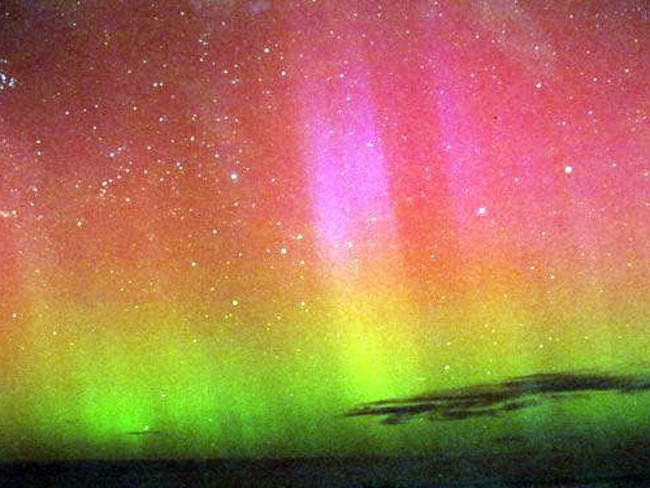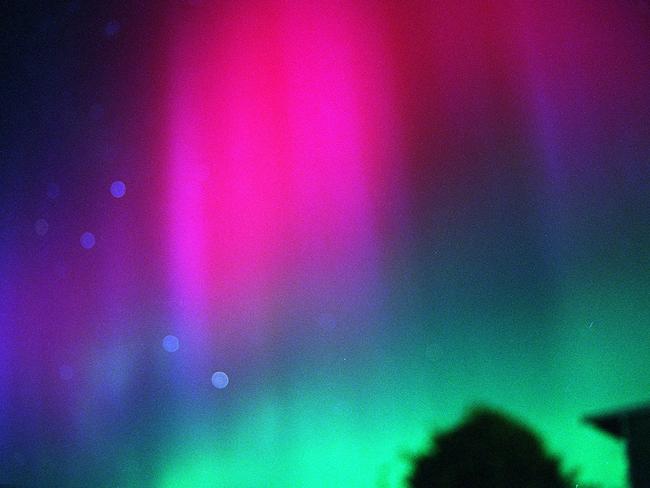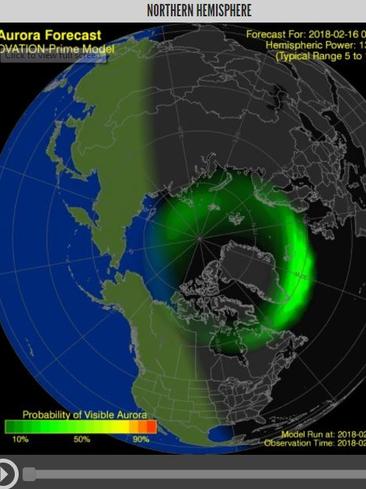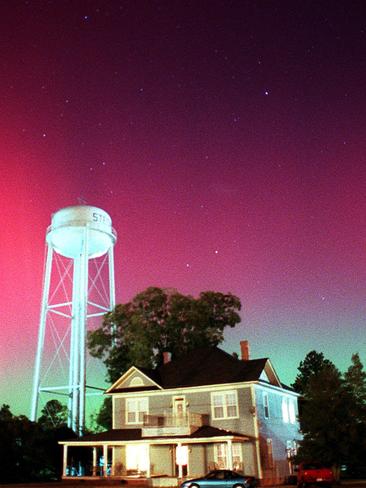Solar storm headed for Australia will light up the sky
GALACTIC forces are set to strike Earth today as the Sun sends a stream of magnetic fields in our direction, an event which could turn out to be a treat for stargazers across Australia.
A GALACTIC force will strike Earth today as the Sun sends a stream of magnetic fields in our direction, an event which could turn out to be a treat for stargazers across Australia.
The ‘solar storm’ was created by a solar flare, which is a violent explosion of magnetic energy and coronal mass ejections in the Sun’s atmosphere.
NASA’s Solar Dynamics Observatory Satellite captured a solar flare on the Sun releasing a coronal mass ejection around 8:25pm Eastern Time (12.30pm AEDT) on Sunday, and the particles are hurting toward Earth with an expected arrival either today or tomorrow.
MORE: Breathtaking photos of the ‘super blue blood moon’ across the world

Depending on the strength of it, solar storms have potential to cause adverse effects in the atmosphere, including temporary power grid disruptions or satellite failures.
However, NOAA predicts this particular solar storm is a minor event and will only throw off positive effects, including breathtaking auroras splashing across the sky around the world.
North America is predicted to get the best view of colourful skies.
And for Aussies, the further south you are, the better the view.


According to the Bureau’s Space Weather Services, a weak storm, like the one that is predicted for today, usually produces an aurora that is visible only from Tasmania.
The most extreme grade has potential to produce auroras as far north as Queensland.


The lower solar storm on the scale, called a ‘G1’, can cause slight impact on the operation of satellites and an aurora can be visible at high latitudes, while a ‘G5’, or extreme storm, can cause blackouts, interfere with radio broadcasts, disrupt GPS navigation and produce auroras that extend much further north and south of the poles.

Solar storms can be fairly common, with solar activity increasing every 11 years, NASA scientists say, and there’s an uptick in solar flares during these cycles.
Luckily Earth’s atmosphere and magnetic field keep us well-protected.



